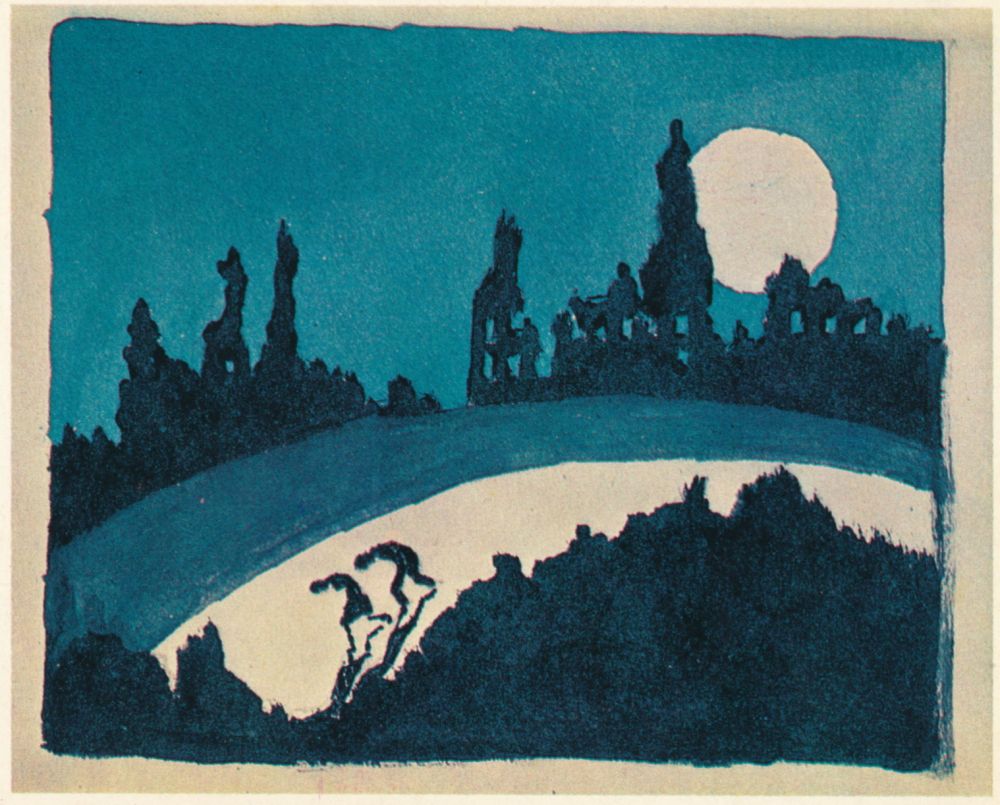- News
- Events
- The Heart of the City That Once Was
- Oneg Shabbat
- Collections
- Research
- Exhibitions
- Education
- Publishing Department
- Genealogy
- About the Institute
- Bookstore


The majority of those who remained in Warsaw after the uprising, when the city was controlled by the Germans and systematically combed through in search of any valuables, were Jews. Because of their “wrong looks” they were scared to leave the city as the rest of the population was being driven out. The men were afraid of the medical examinations in the Pruszków camp, many, remembering the painful lesson of “deportations” which lead straight to concentration camps, did not trust the Germans’ assurances as to the fate of the banished citizens of Warsaw. The number of those who stayed in hiding is hard to ascertain — we don’t know how many of them died under the rubble of buildings as they were blown up, how many died from dehydration or starvation, how many were discovered by German patrols. According to the researchers’ estimates around 800 people survived to the day of liberation. The JHI’s archives contain their accounts of a constant battle for survival, the necessity to be prepared for escape at any moment, the insects which tormented them incessantly, the filth and diseases but also of the solidarity between those in hiding, the precise rules of cohabitation and the care they took to maintain their humanity. These accounts paint a shocking picture of the underground life in a dead city.
Władysław Szpilman is probably the most well know of the Robinsons who managed to live to see the liberation of Warsaw. His situation was unusually difficult due to his isolation. Most hid in groups, some of them consisting of several dozen people.
In the basement of a building at Sienna 20/22 hid, together with 40 people and his ‘Aryan’ wife, doctor Henryk Beck — an outstanding gynecologist and obstetrician. A Jewish woman, one of the surviving members of the group, recalls: “At one of the first meetings Beck gave a speech warning us that in these abnormal conditions we would have a lot of clashes and friction, that we should avoid conflict.” They introduced iron discipline to govern their days, distributed the chores and even came up with extracurricular activities to help maintain morale. They read books gathered during raids in search of food, they played card games and chess, gave educational lectures. In his free time Dr. Beck would draw scenes from their life in the bunker on scraps of paper. They are an unusually suggestive and one-of-its-kind record of the life led by the Robinson Crusoes of Warsaw. The hiding place in Sienna 20/22 was never discovered and the entire group, with the exception of Manchem Fiszer who died of cancer, survived the war.
Henryk Beck’s drawings can be viewed as part of the JHI’s exhibition “Salvaged”.